
8 Amazing Japanese Zoos to See Animals From Across the World (2023 Edition)
Animal-lovers traveling to Japan will be pleased to learn that there are many Japanese zoos offering a range of fun experiences. From spacious safaris and winter wonderlands to urban zoos conveniently located near major transport hubs, visiting a Japanese zoo is a stress-free way to fill up your Japan itinerary. In this article, we’ll introduce you to 8 unique Japanese zoos that you shouldn't miss out on.
This post may contain affiliate links. If you buy through them, we may earn a commission at no additional cost to you.
It is interesting to visit zoos in different countries because surprisingly they quite different from one country to another. Zoos are a great place to go if you are traveling with young children since you do not have to worry too much about making noise and everyone can freely have fun. The list below are chosen due to their popularity but also I have made a conscious effort not to choose zoos from one specific area in Japan.
1. Ueno Zoo, Tokyo
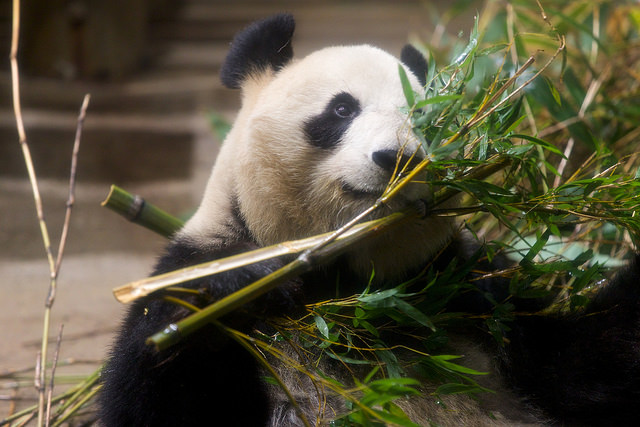
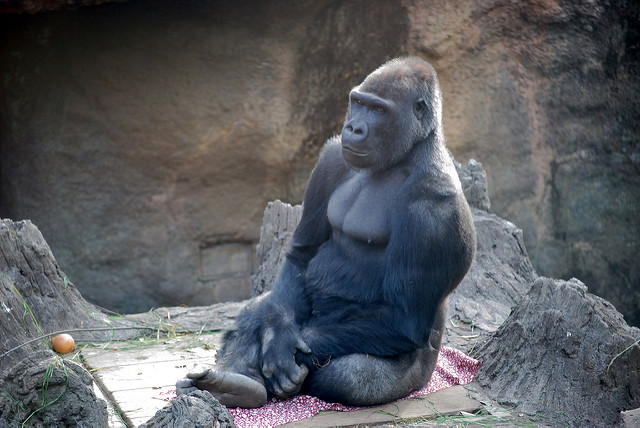
Established in 1882, the Ueno Zoo is the oldest zoo in Japan. The Ueno Zoo is located within Ueno Park which also houses museums such as the Tokyo National Museum, the National Museum of Nature and Science and the National Museum of Western Arts. There are over 460 species and the Sumatrian tiger and the Western lowland gorilla are some of the unique species housed at the Ueno Zoo. Most (but not all) Mondays are holidays, so check before your visit.
Our Top Tips
JR Pass for Whole Japan
Explore Japan in the most convenient and economical way with a Japan Rail Pass! It is valid for the majority of railways and local buses operated by JR.
2. Takasakiyama Natural Zoo, Oita
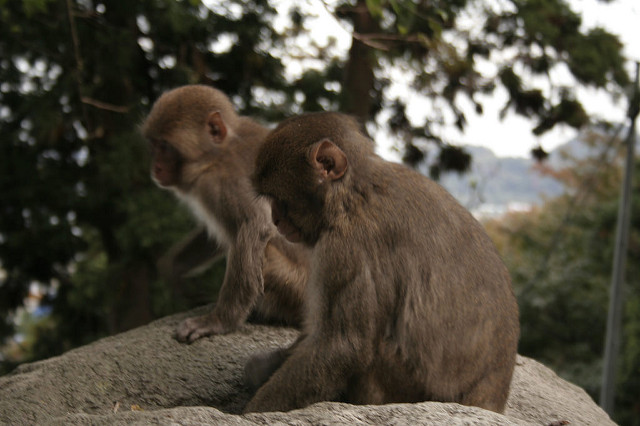
The Takasakiyama Natural Zoo is unique since it is a nature park and only has wild monkeys. There are no cages and monkeys live in the natural environment. Visitors can enjoy looking at monkeys which gather around the feeding station. It is 25 minute bus ride from JR Oita Staion and a 15 minute bus ride from JR Beppu Station. It is open all year around from 8:30am to 5pm.
3. Yokohama Nogeyama Park, Kanagawa
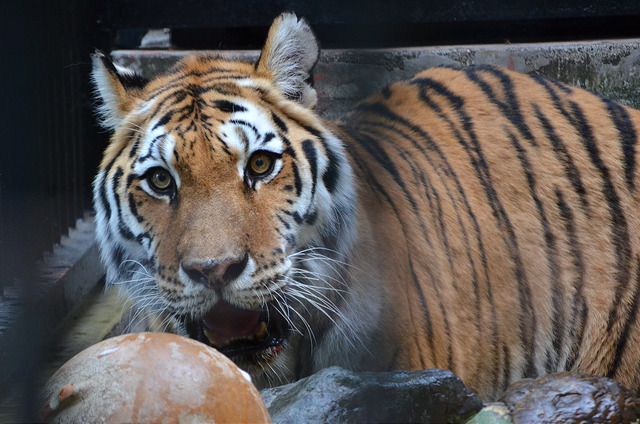
Surprisingly, the Yokohama Nogeyama Park does not charge an entrance fee. It houses 100 species, including lions, Siberian Tigers, chimpanzees and giraffes. Unfortunately quite a lot of animals have moved to the Yokohama Zoological Gardens, also known as Zoorasia. For example, the polar bears have moved to Zoorasia. However, the area where polar bears lived is kept as it is and visitors can visit the off-exhibit holding area. It is open from 9:30am to 4:30pm except for Monday, unless it is a public holiday.
4. Asahiyama Zoo, Hokkaido

The Asahiyama Zoo in Hokkaido is the second most visited zoo in Japan after the Ueno Zoo. Its popularity stems from its efforts to produce an environment close to the animals' natural habitats, so that visitors can observe the natural behaviors of animals. For example, birds are kept in a huge enclosure where they can freely fly around. Also, in winter, to exercise, penguins go for a walk. Usually, they go twice a day at 11am and 2:30pm although in March, they only go once a day at 11am. It is open everyday from 9:30 to 4:30pm in winter and to 5:15pm in summer. During the Obon season (mid August), the zoo is open until 9pm, so you can enjoy the unique experience of visiting the zoo at night.
5. Adventure World, Wakayama
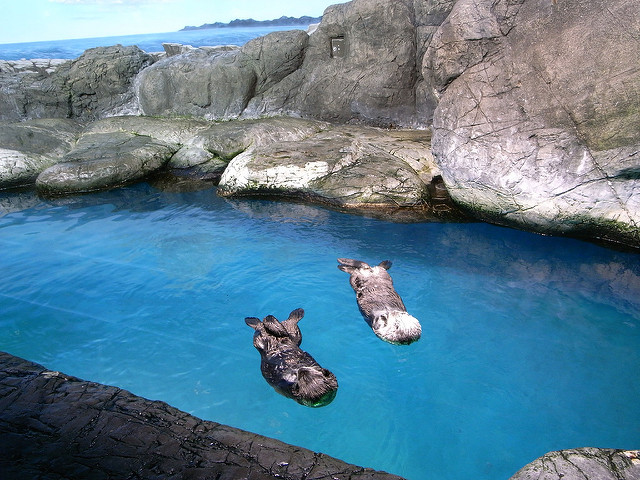
The Adventure World is not only a zoo, but also houses an aquarium and an amusement park. It has two safari style enclosures, where carnivores and herbivores live separately. Visitors can take a ride around these enclosures and enjoy the safari experience. It is open everyday from 9:30am to 5pm. Its closing days are not regular, so you need to visit its website to check its schedule. In August, it is open until 8:30 pm, so you can observe animals at night.
6. Fuji Safari Park, Shizuoka
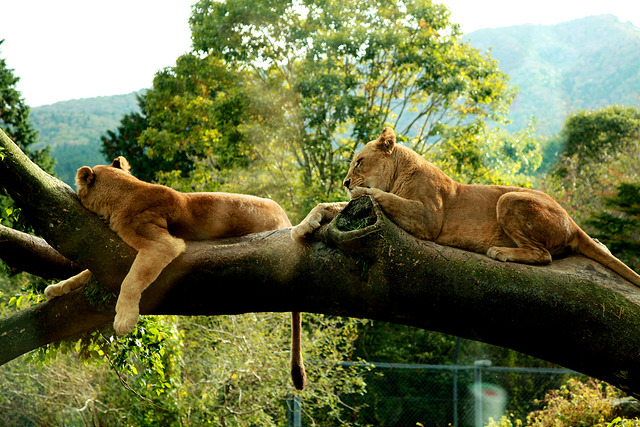
The Fuji Safari Park is the biggest safari park in Japan. Visitors can go around the park by either their own car or a bus provided by the park. There are around 30 species living in seven separate zones. It is home to about 70 species. While riding the Jungle Bus, you can feed lions (yes, lions!), elephants, giraffes and many other animals, so you can get closer to animals more than when you actually go on a safari in Africa. This ride, which takes approximately 50 minutes, is very popular, so if you are visiting on a weekend or holiday and do not want to wait, you need to make a reservation one day before your visit. A reservation can be made online but it is in Japanese and you need to be a member of the Fuji Safari Club. It is open everyday thoughtout the year although the opening hour changes depending on the time of the year. It also does a night safari on weekends from mid April to October. During the summer holiday, the night safari is offered everyday.
7. Tama Zoo, Tokyo
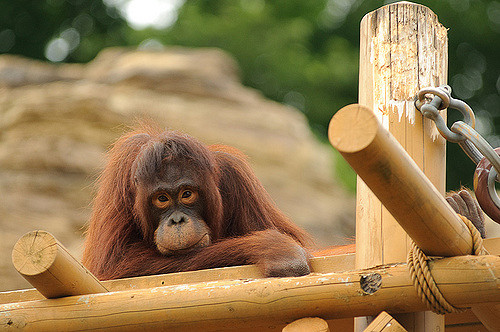
The Tama Zoo is not a safari park, but it allows the animals to move freely as much as possible. Lions do live in a safari like environment and visitors take the Lion Bus to see the lions. Another unique feature is the orangutan Skywalk. It has total of 150m of ropes where orangutans can freely move around. It is open from 9:30am to 5pm except for Wednesday unless it is a public holiday.
8. African Safari, Oita
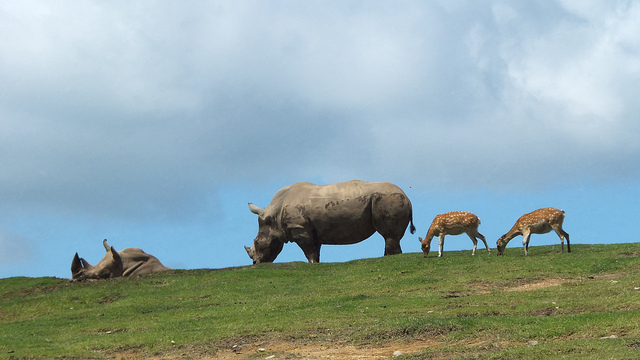
The African Safari is run by the same company as the Fuji Safari Park, so there are many similarities. Same as the Fuji Safari Park, the African Safari also offers a Jungle Bus where visitors can go around the park and feed animals including lions through the fenced windows. Unlike the Fuji Safari Park, anyone can make a reservation online but you need to do it three days in advance and unfortunately the website is only in Japanese. It is open everyday from 9am to 5pm in summer and 10am to 4pm in winter. There is a night safari during summer holidays.
The information in this article is accurate at the time of publication.


